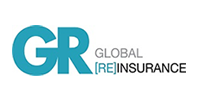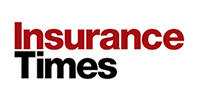’We aim to create greater awareness of core priorities and knowledge sharing for insurance firms and their customers,’ says chief executive
The Managing General Agents’ Association (MGAA) and ABI have signed a Memorandum of Understanding (MoU) agreement in a bid to boost sector collaboration.

The MoU, which is a document that describes the broad outlines of an agreement that parties have reached, will see the two associations drive progress in a range of areas.
For example, they will work together to promote mutual understanding by exchanging insights on key industry issues, including retail and commercial insurance, regulation, operational resilience and technological advancements.
They will also align their views and approaches on important matters influenced by governmental and regulatory bodies, whenever possible and relevant.
Additionally, the two associations will provide events, learning opportunities, networking activities and joint research initiatives to benefit stakeholders across the industry.
Hannah Gurga, director general at the ABI, said: “Signing the MoU with the MGAA is another step towards fostering closer collaboration and a stronger working relationship on key issues for the benefit of both our members.
“We’re looking forward to working with the MGAA and its members more closely to further promote mutual understanding, share knowledge and align on views for the benefit of the wider industry.”
Extensive partnership
Meanwhile, Michael Keating, chief executive at the MGAA, explained that the agreement solidified its working relationship with members and insurance companies.
Read: ABI and Insurtech UK agree MoU to ‘connect the dots’ between ‘best of technology’
Read: ABI leader awarded OBE in King’s Birthday Honours list
Explore more insurer-related news here, or discover other news stories here
He added: “With our members having extensive partnerships with ABI members, together, we aim to create greater awareness of core priorities and knowledge sharing for insurance firms and their customers.
“Working together puts us in a key position to support the significant growth we are seeing in the MGA sector with tech-driven start-up MGAs, whilst also tackling ongoing obstacles for our members such as capacity constraints, regulation and a challenging rating environment.”












































No comments yet